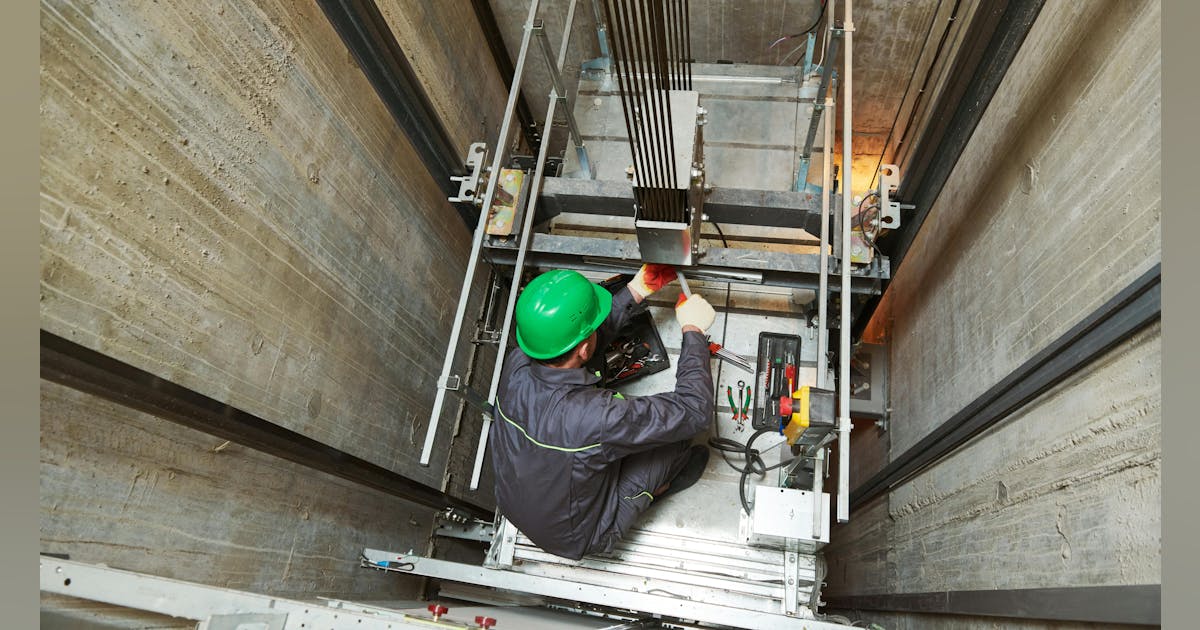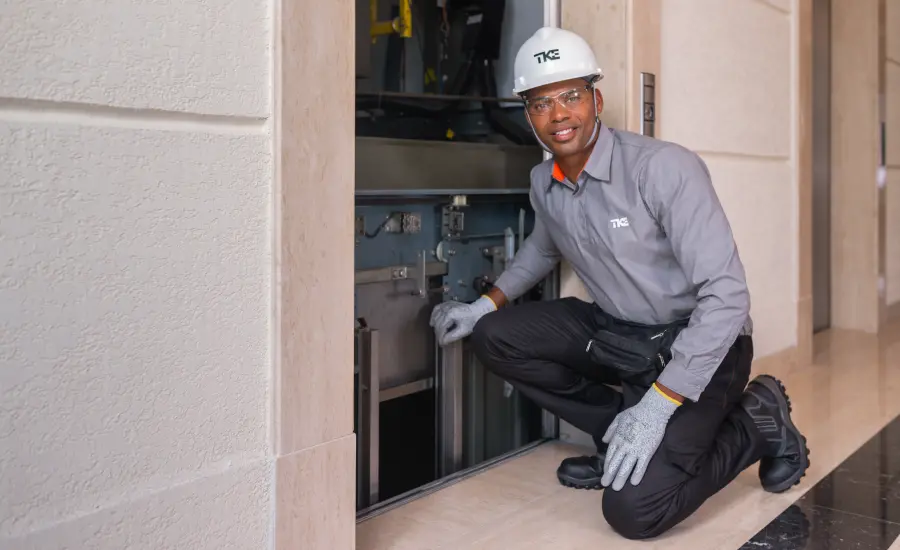Exploring the Comprehensive Measures Needed for Lift Maintenance
In the world of building maintenance, making certain the correct performance and safety and security of lifts is paramount. By attending to vital aspects such as positive upkeep schedules, security checks, and emergency situation readiness, a thorough understanding of the ins and outs involved in lift upkeep can lead to improved performance and safety.
Regular Evaluations
When it pertains to making certain the longevity and safety of your lift system, regular examinations are paramount. These routine checks play a vital duty in recognizing any kind of possible issues before they escalate right into major problems, guaranteeing the risk-free and smooth operation of the lift. By carrying out routine evaluations, maintenance teams can proactively attend to wear and tear, defective elements, or any type of other issues that may endanger the lift's efficiency or safety and security.
Throughout these inspections, trained specialists extensively check out numerous elements of the lift system, including mechanical components, electrical systems, security functions, and overall structural honesty (lift maintenance contract). They try to find indications of wear, corrosion, leakages, or any abnormalities that might show a problem. Furthermore, they validate that all safety and security devices are working correctly and in conformity with guidelines. By discovering and dealing with concerns at an early stage, these examinations aid avoid expensive repairs, downtime, or safety and security risks, ultimately extending the life-span of the lift system and making sure the well-being of its customers.
Positive Upkeep Schedules
Applying aggressive upkeep schedules is essential for maximizing the effectiveness and long life of lift systems. By sticking to an aggressive maintenance technique, lift proprietors can address prospective problems prior to they rise into major problems, inevitably minimizing downtime and pricey repairs. Positive maintenance includes normal inspections, lubrication of moving parts, testing security functions, and changing used elements. These set up upkeep jobs not just assist in protecting against breakdowns however additionally add to maintaining the lift's efficiency at ideal levels.
A well-structured positive maintenance schedule need to describe details tasks, frequencies, and accountable personnel. It is vital to comply with manufacturer referrals and sector requirements when creating these timetables to make sure the lift operates securely and successfully. Furthermore, documenting upkeep tasks and keeping in-depth records can offer valuable understandings into the lift's performance over time, helping in making and identifying fads informed upkeep decisions.

Safety Compliance Checks
Making certain safety and security compliance via complete checks is paramount in keeping lift systems' dependability and safeguarding user health. Security conformity checks involve a thorough assessment of various parts, consisting of electric systems, mechanical components, emergency brakes, doors, and various other critical security features. These checks are important to recognize any type of possible hazards or malfunctions that can compromise the lift's operation and placed customers in jeopardy.
Normal security compliance checks must be conducted by qualified service technicians in adherence to industry policies and requirements. These checks aid in detecting problems Web Site beforehand, allowing for timely repair services and preventative upkeep measures to be implemented. Maintaining thorough documents of safety and security conformity checks is critical for tracking the lift system's performance over time and demonstrating conformity with safety regulations.
Tools Upgrades and Innovation
Enhancing lift systems through equipment upgrades and innovation is necessary for boosting performance and security standards in upright transportation. As technology advances, older lift systems might end up being outdated, bring about reduced reliability and possible security hazards. By buying equipment upgrades and innovation, building proprietors can make sure that their lifts meet existing industry criteria and policies.

Along with operational advantages, tools upgrades and modernization jobs can also improve the visual appeals of the lift, giving a much more attractive and modern-day experience for passengers. Eventually, purchasing lift upgrades and modernization is a positive strategy towards making certain the longevity, security, and efficiency of upright transportation systems.
Emergency Readiness Preparation
An effective go now emergency preparedness strategy is critical for ensuring the security and speedy response in case of unforeseen occurrences entailing lift systems. Emergency situation preparedness planning for lift systems involves a systematic approach to reduce dangers, make sure guest safety, and reduce downtime during emergencies.
Secret elements of an emergency preparedness plan for lifts include clear communication procedures, routine training for lift operators on emergency procedures, and regular drills to check the efficiency of the strategy. lift and engineering services. Furthermore, the strategy must detail certain functions and obligations for all stakeholders included, including building monitoring, upkeep employees, and emergency situation responders
In the event of check out here a lift malfunction or entrapment, having a distinct emergency situation plan can help in coordinating a effective and timely reaction to make sure the safety and security and health of guests. Timely interaction, access to emergency situation devices such as communication tools and emergency lighting, and expertise of emptying procedures are vital facets of a comprehensive emergency situation preparedness prepare for lift systems. By focusing on emergency readiness planning, structure supervisors can boost the general safety and integrity of their lift systems.
Final Thought
To conclude, the thorough procedures required for lift maintenance include routine evaluations, proactive upkeep schedules, security compliance checks, tools upgrades and modernization, and emergency situation preparedness preparation. These steps are crucial for making sure the safety, dependability, and performance of lifts in different setups. By executing these actions, lift owners can decrease the danger of crashes, extend the life expectancy of their tools, and adhere to sector regulations.

During these assessments, educated professionals completely check out various elements of the lift system, consisting of mechanical parts, electrical systems, security functions, and total architectural integrity.Guaranteeing security conformity via comprehensive checks is vital in keeping lift systems' integrity and safeguarding user wellness. Maintaining in-depth documents of safety and security compliance checks is essential for tracking the lift system's performance over time and demonstrating compliance with security guidelines.
By focusing on emergency situation readiness preparation, building managers can improve the general security and dependability of their lift systems.
Comments on “Picking the most effective Lift Maintenance Contract for Long-Term Performance”